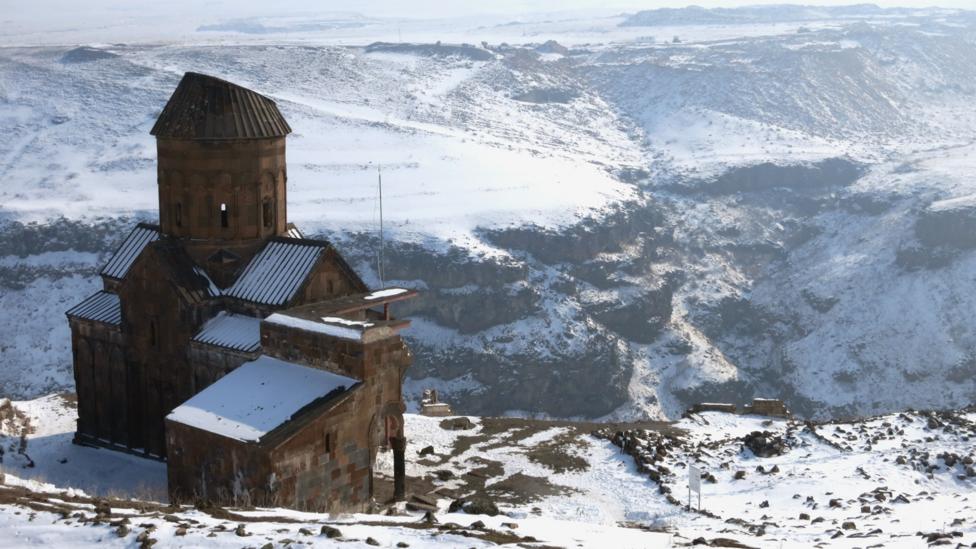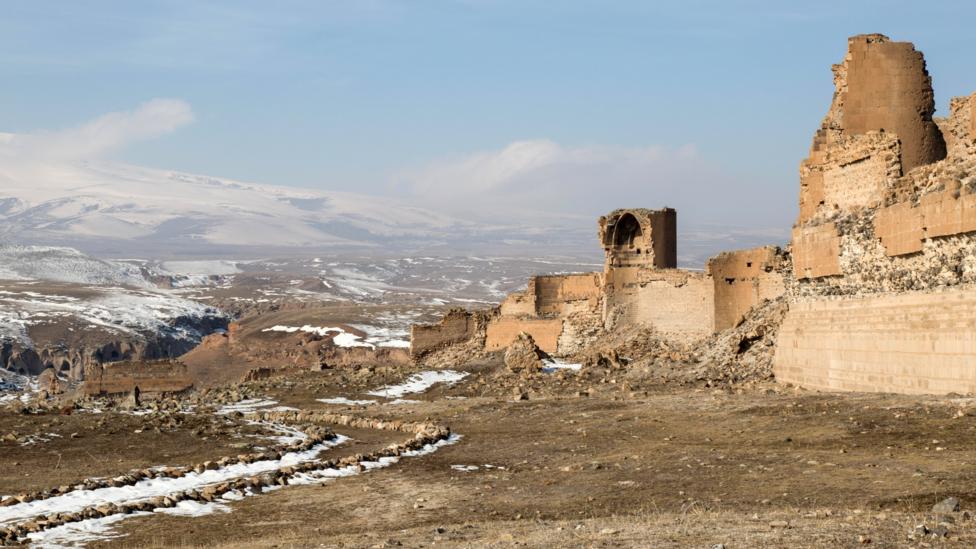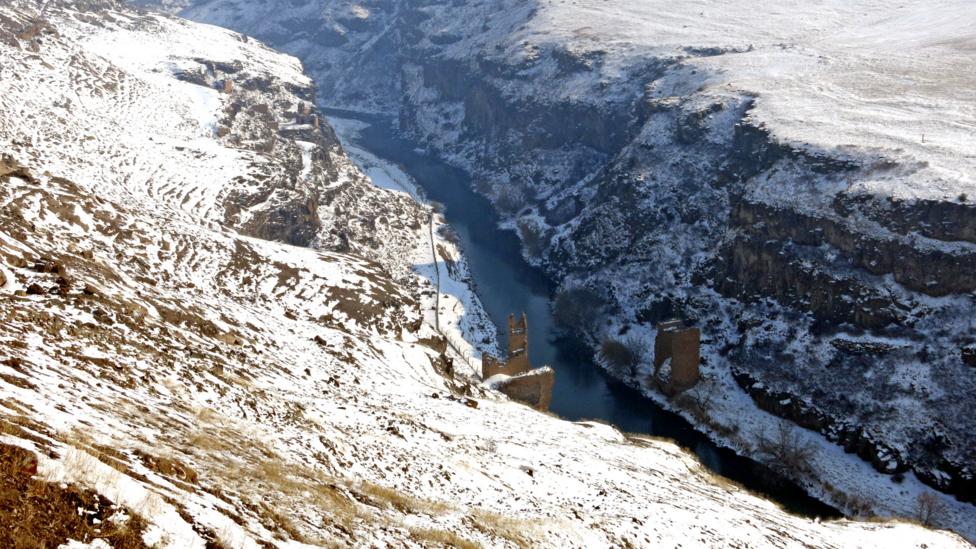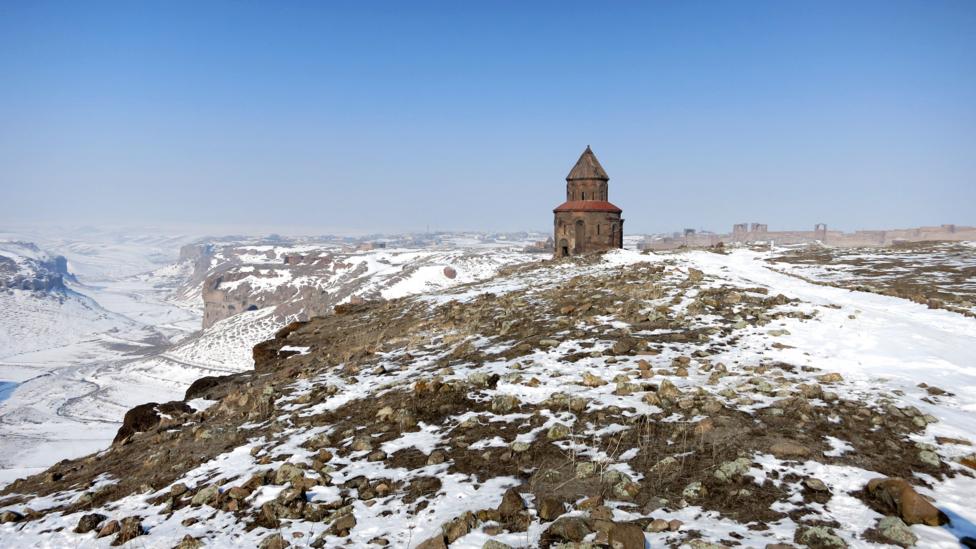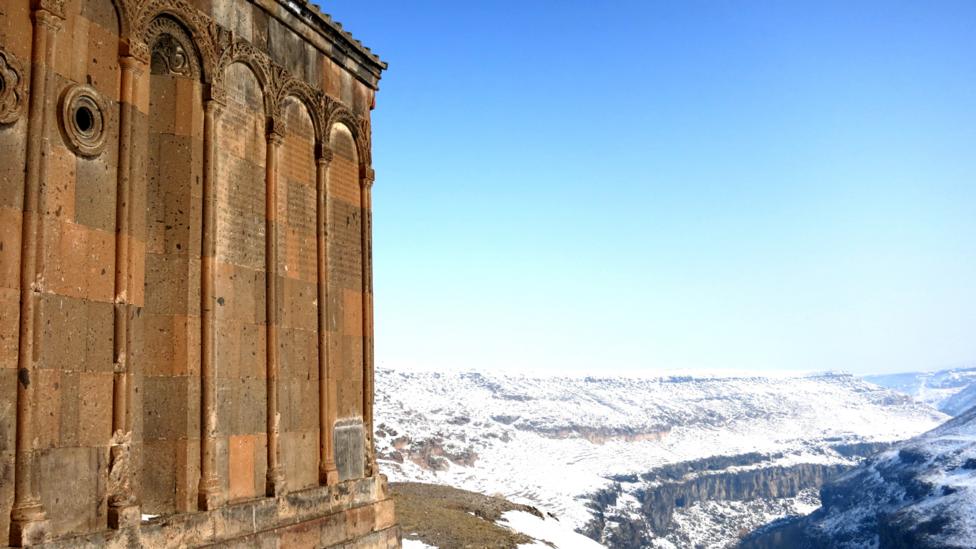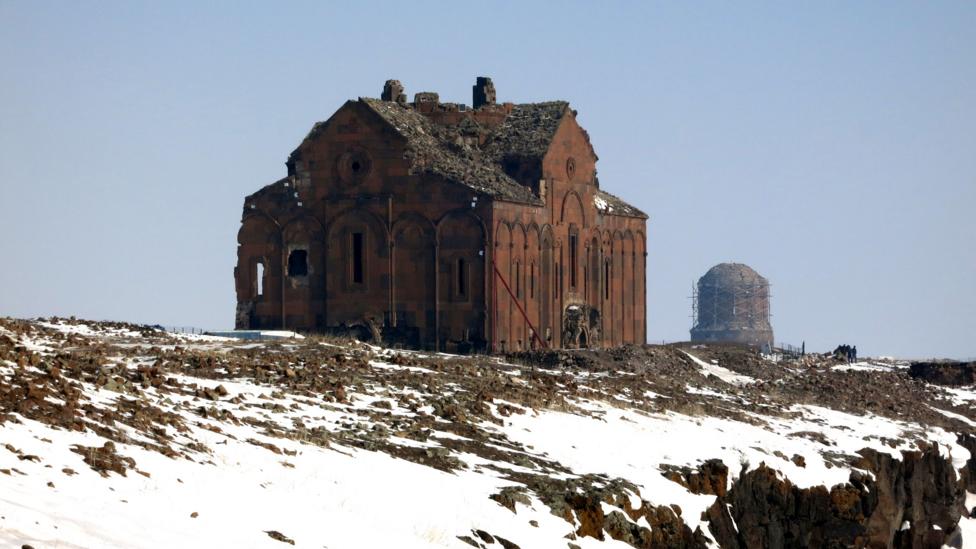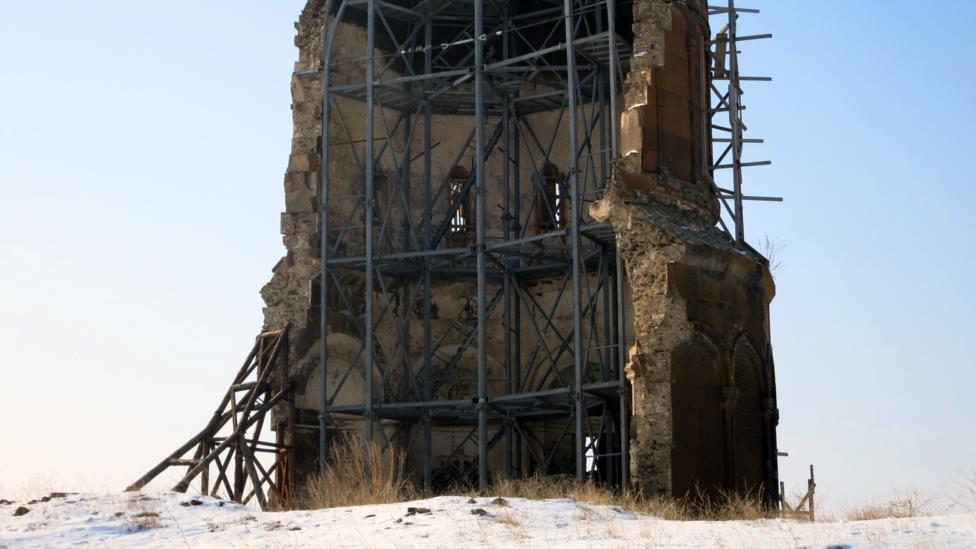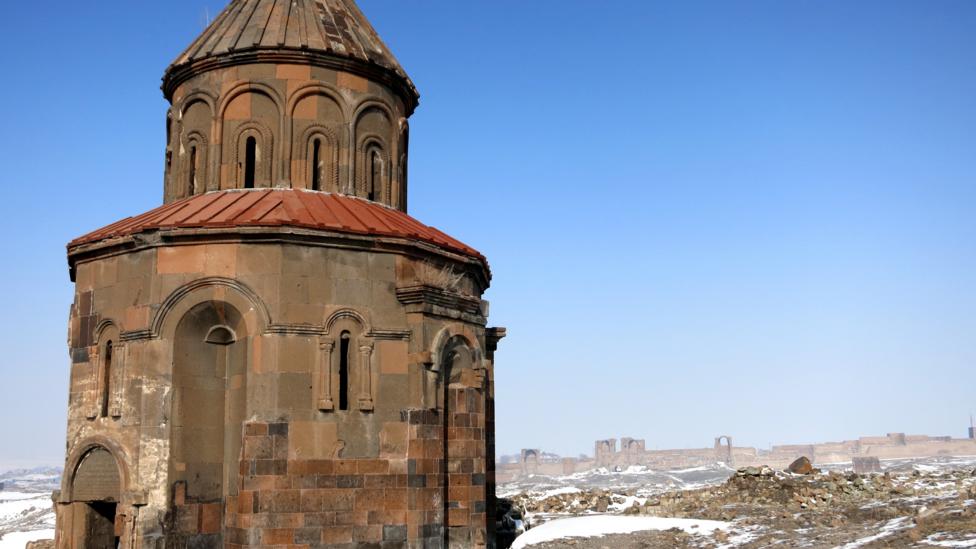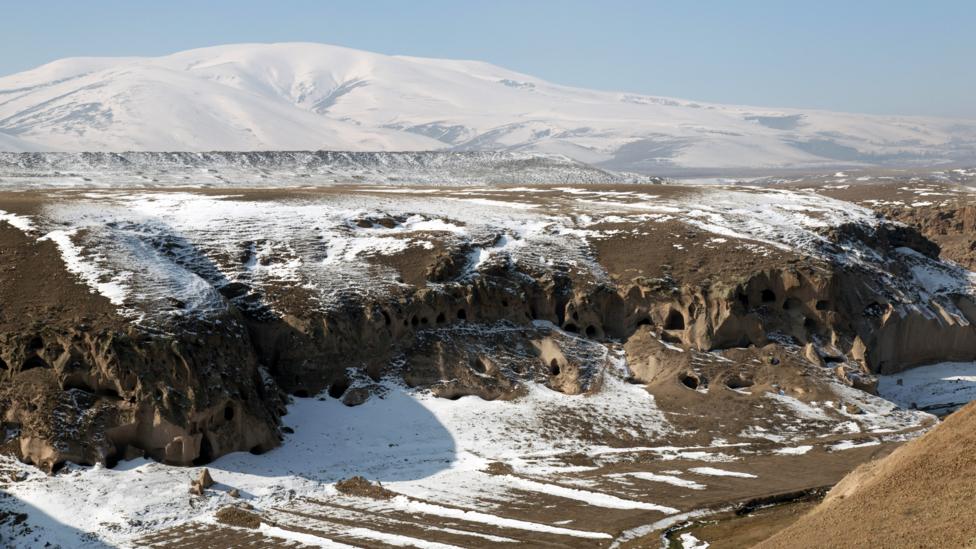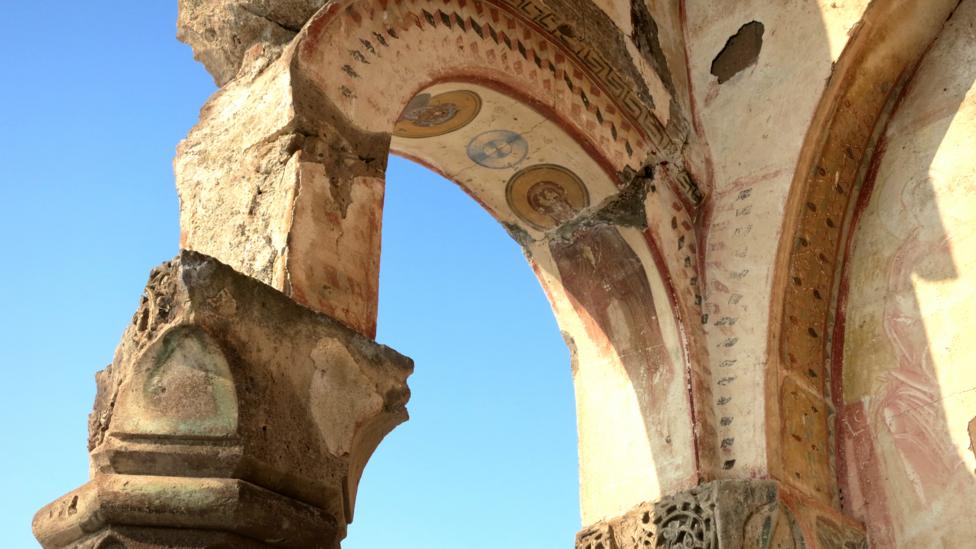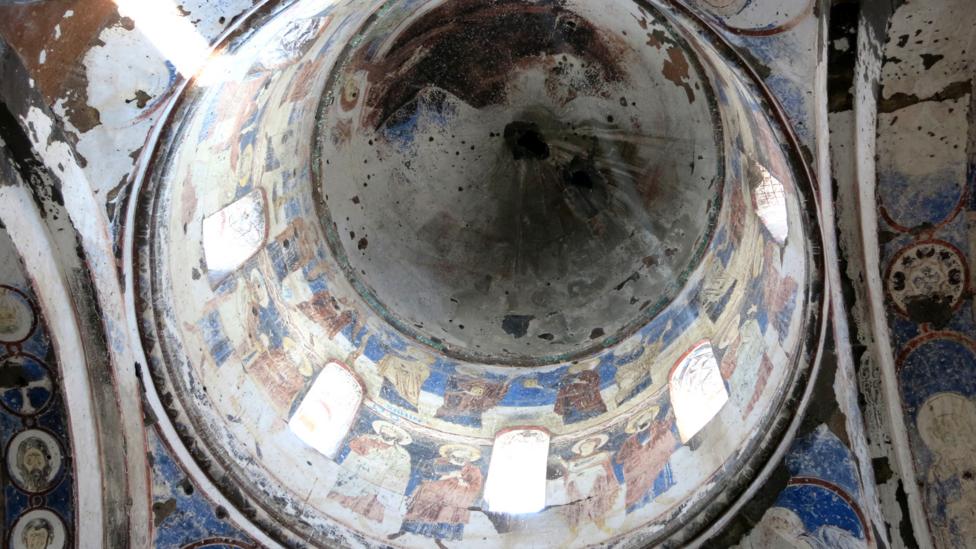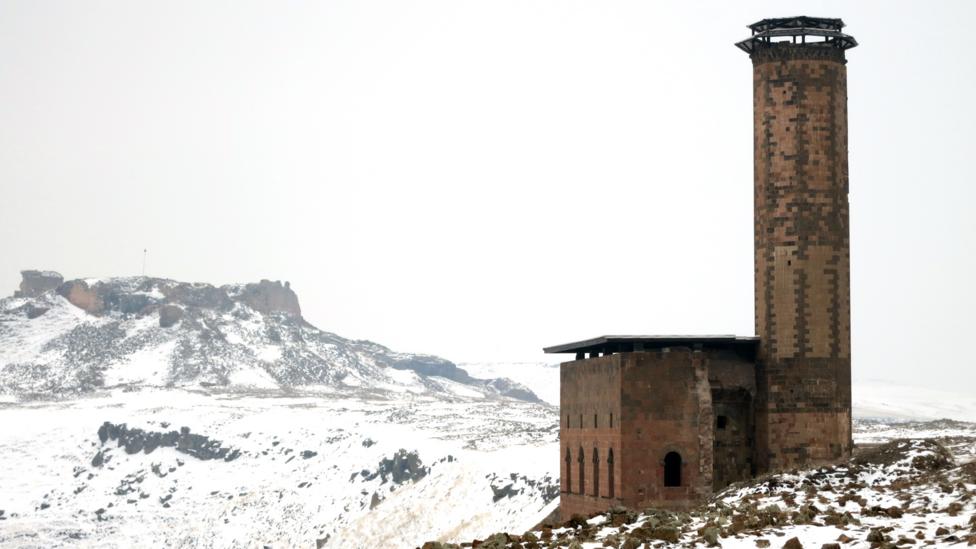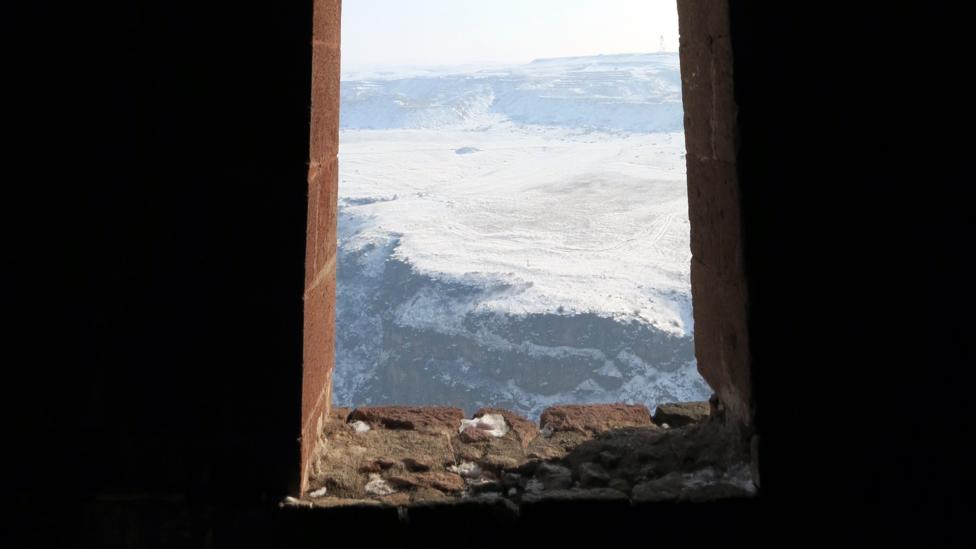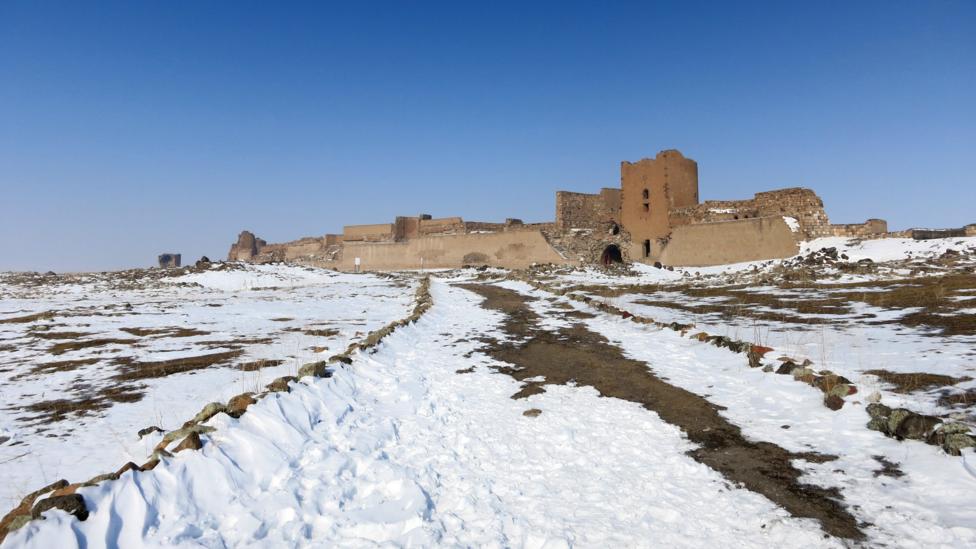Medical students are required to do seven years in the universities and not 11 as erroneously reported in some news media recently.
The National Universities Commission (NUC), made the clarification during interview with News Agency of Nigeria (NAN) in Lagos on Monday.
The Director, Quality Assurance of the commission, Prof. Chiedu Mafiana, said on telephone that every student in Medical science must have a first degree in anatomy, physiology and medical biochemistry.
"Another basic requisite is that there must be clinical skill laboratory, whereby in teaching, students would use mannequins, dolls, to simulate diseases.
"The students will then use the mannequins to practice, rather than using human beings.
"This will also assist the students to mature psychologically for the profession’’, Mafiana added.
Some newspapers last week had quoted Executive Secretary of NUC, Prof Julius Okojie, as saying student wishing to study medicine would henceforth spend 11 years in the university.
Okojie reportedly made the remark at the maiden matriculation and inauguration of the University of Medical Science, Ondo, in Ondo.
(NAN)






